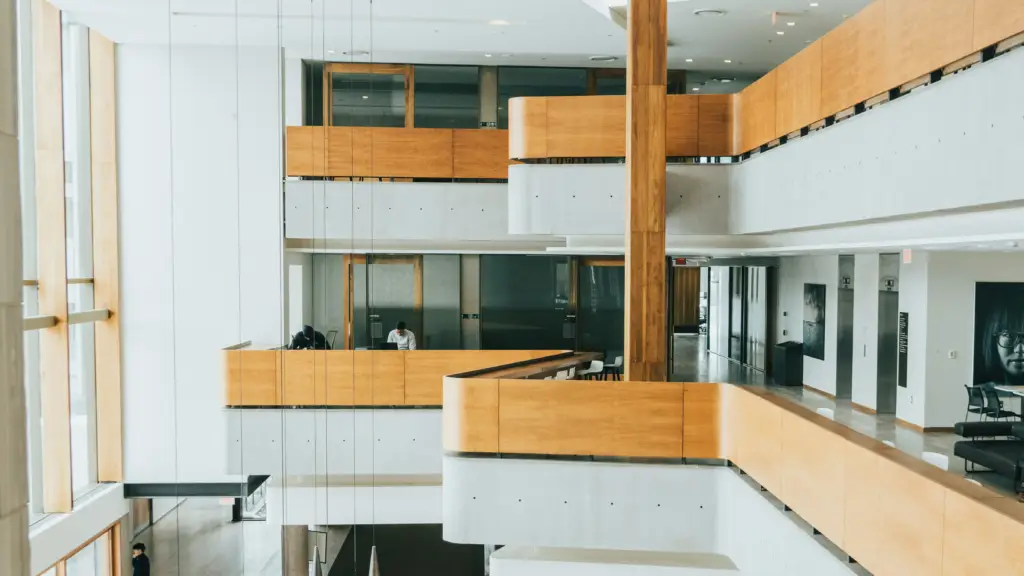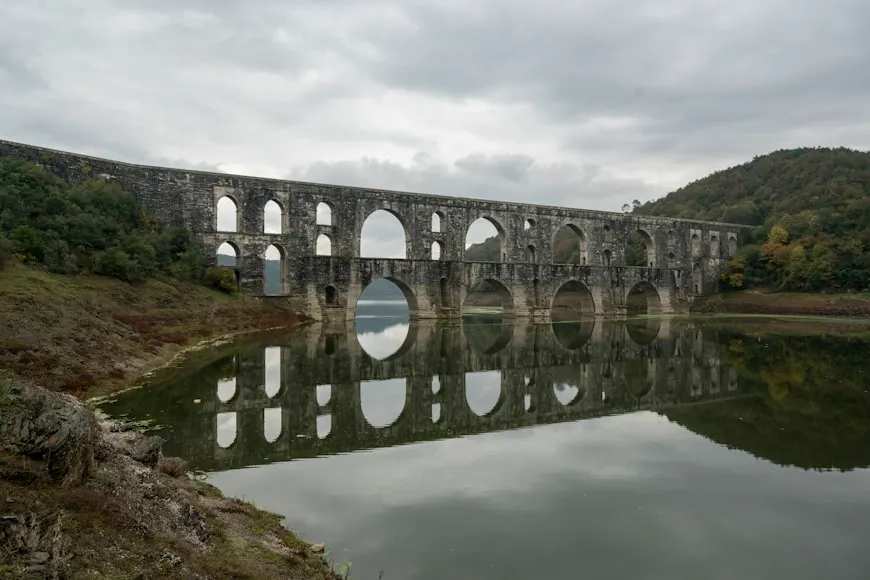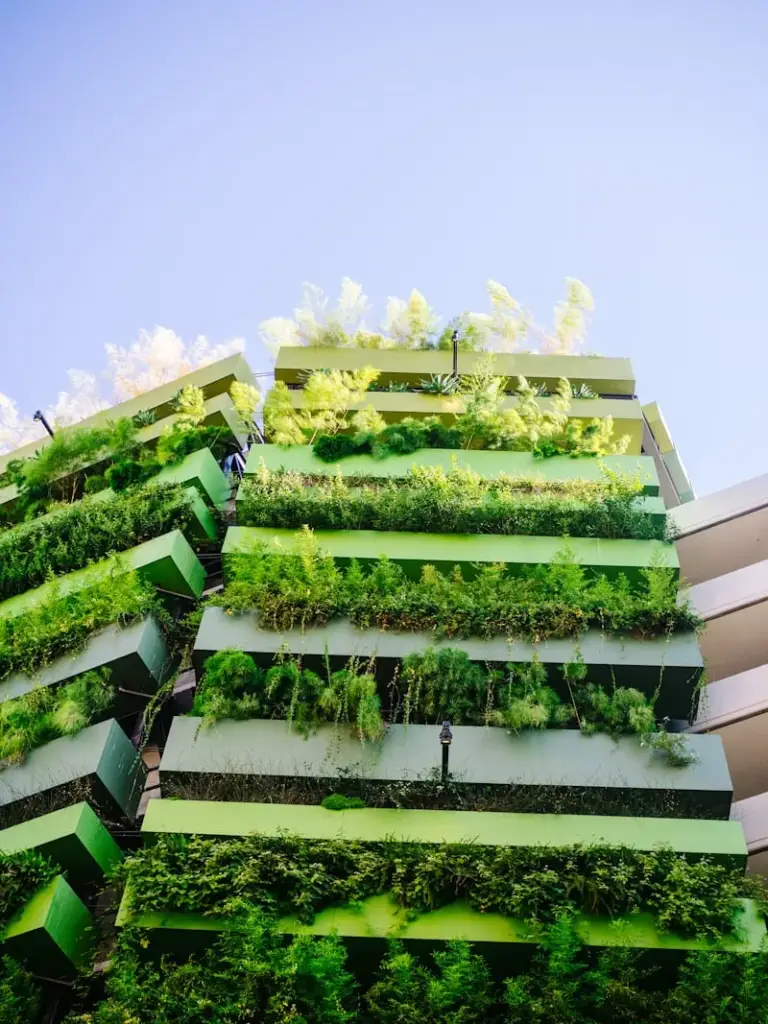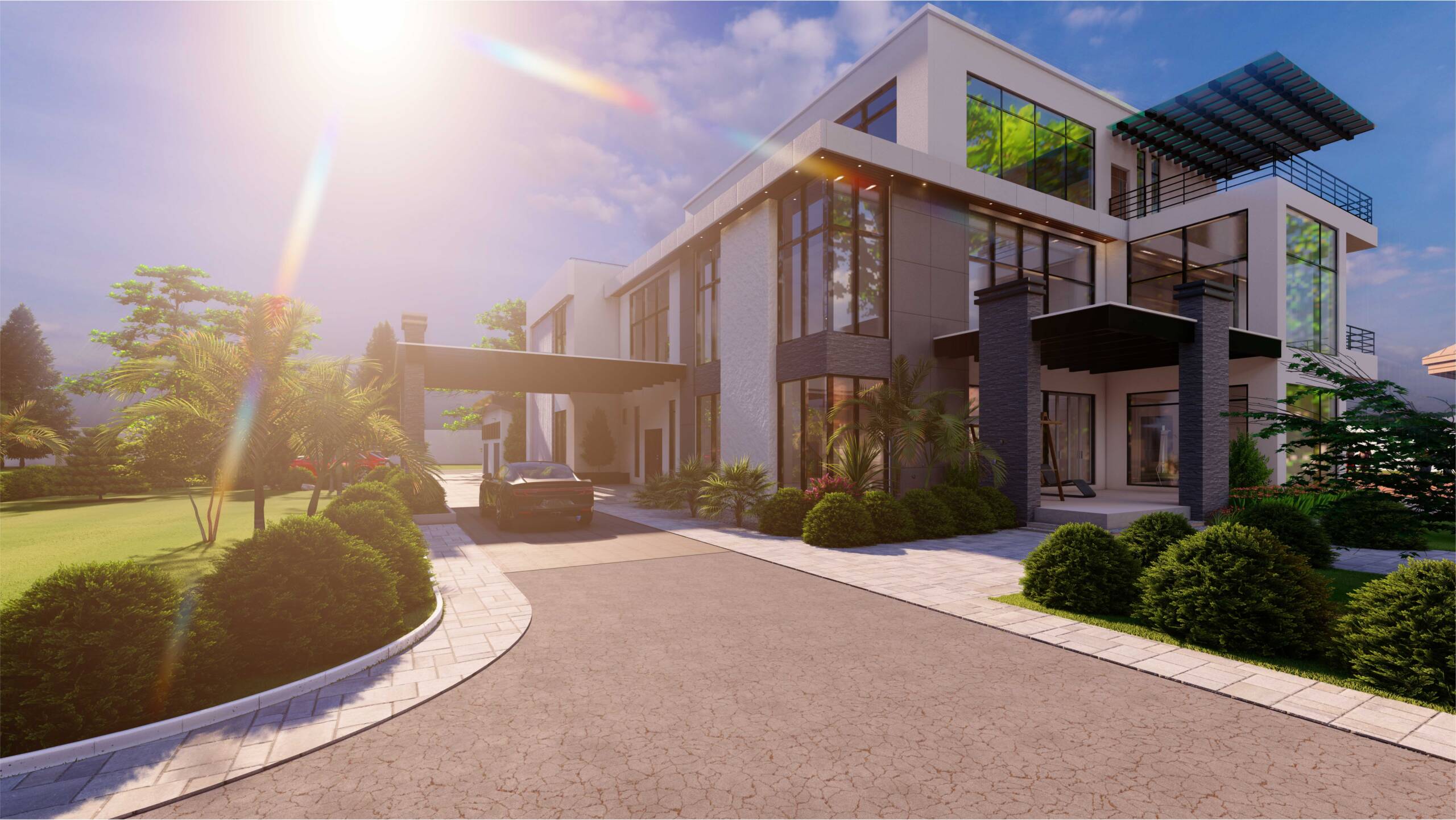
Image by Frank Huang on Unsplash
Introduction
Ever wondered what turns a building into a masterpiece? It’s not just about bricks and beams, great architectural design balances strength, function, and style. These ideas come from Vitruvius, a Roman architect who, way back in the 1st century AD, laid out three must-haves: durability, utility, and beauty. Think of them as the secret sauce for buildings that last, work well, and look stunning.
In 2025, with sustainable architecture stealing the spotlight, these qualities are more relevant than ever. Let’s break down what makes architectural designs shine and how you can spot these traits in the world around you.
RELATED BLOGPOST
The Vitruvian Triad: A Quick Backstory
Way back when, Vitruvius wrote De Architectura, a guide that’s still shaping architecture design. He said every building needs three things:
- Durability (Firmitas): It’s got to stand strong for years.
- Utility (Utilitas): It should work well for the people using it.
- Beauty (Venustas): It needs to wow and inspire.
These ideas, called the Vitruvian triad, are like the blueprint for great architecture.
According to Sparx Systems, they ensure buildings have “dignity and stability.” Today, they’re adapting to include cool stuff like eco-friendly designs and smart tech. Let’s dig into each one.

Image by Cihat Hıdır on Unsplash
Durability: Building to Last
Why Strength Matters
Durability in architectural design means a building can handle whatever nature throws at it; wind, rain, or even earthquakes. It’s about safety and saving money on repairs. Take the Pyramids of Giza, built with massive stone blocks, they’ve been standing for over 4,000 years!
Modern architects use materials like reinforced concrete or steel to make buildings tough, especially in places prone to storms or quakes.
Fun fact: Strong buildings need fewer fixes, which is better for the planet. Want to check a building’s durability? Look at its materials; are they solid? Does it fit the local climate, like using rust-proof steel near the ocean?
Pro Tip: Next time you’re in a building, check for sturdy materials or ask about its weatherproofing features.
Utility: Making Spaces Work for You
Function First
Utility is all about making sure architectural designs do their job well. A hospital, for example, needs clear hallways and easy-to-find rooms; think Vakwerk Architecten’s hospital designs. Or picture a modern office with open spaces that can shift as work trends change, like adding desks for hybrid teams. It’s about creating spaces that feel intuitive and useful.
Modern utility also means accessibility and comfort. Biophilic design, which brings in natural light or plants, can cut stress by 15% in offices. Cool, right? To spot utility, ask: Does this space make life easier? Can it adapt to new needs, like adding smart tech for remote work?
Pro Tip: Notice how a building’s layout helps (or hinders) your day-to-day; great utility feels seamless.
Beauty: The Wow Factor
Looks That Inspire
Beauty in architecture designing is what makes you stop and stare. It’s the perfect symmetry of the Taj Mahal or the bold curves of the Sydney Opera House. Beautiful designs use proportion, color, and texture to spark joy or pride. They can even tie a community together, like a local library with murals reflecting neighborhood culture.
The New European Bauhaus pushes beauty as part of sustainable, inclusive design; think of buildings that look good and feel welcoming. To check for beauty, see if a building’s style matches its vibe or culture. Does it make you feel something? That’s the magic of beauty in architecture.
Pro Tip: Look for harmony in a building’s shapes or colours; it’s a sign of thoughtful design.
Imprexi’s Approach to Architectural Design: Storytelling Through Space
Ever wondered how a building can feel like you? Imprexi nails this with our mission to create spaces that “tell the story of those who live or work in them.” Our approach to architecture designing blends creativity with practicality, offering everything from concept sketches to full-on construction management.
Our work ties beautifully into the core qualities of architectural design. For durability, we use top-notch materials and on-site supervision to ensure buildings stand strong.
For utility, our client-focused process: think detailed consultations and feasibility studies; creates spaces that work for your daily needs, like a community center with smart layouts. And for beauty, our bespoke designs add unique touches, to make spaces visually stunning and emotionally engaging.
Modern Twists: Sustainability and Beyond
The Vitruvian triad is timeless, but modern architecture adds some fresh spins. Sustainable architecture is huge, think of solar panels or recycled materials that boost durability and cut energy use.
Comfort ties to utility, for example, natural light improving mental focus by 10%. And don’t forget adaptability; buildings designed for smart tech or future expansions stay relevant.
AI’s also shaking things up, helping architects test designs faster, like with AUGmentecture’s tools. These modern touches build on the triad, making architectural designs more eco-friendly and user-focused.

Image by Charles Etoroma on Unsplash
Conclusion
Great architectural design comes down to durability, utility, and beauty; three qualities that make buildings strong, practical, and downright inspiring. In 2025, these ideas are supercharged with sustainable architecture and smart tech, creating spaces that work for people and the planet.
Next time you’re in a building, look for these traits: Is it sturdy? Does it make life easier? Does it spark joy? Want to bring these qualities to your own project?
Reach out to imprexi to start designing spaces that stand out and stand the test of time.
Read more: Architectural Designs: A Beginner’s Guide to Building Design
FAQs
1. What are the three core qualities of architectural design?
They’re durability (staying strong over time), utility (being functional for users), and beauty (looking amazing and inspiring people), based on Vitruvius’s ideas.
2. How does sustainable architecture fit with these qualities?
Sustainable architecture boosts durability with eco-friendly materials, enhances utility with energy-saving features, and keeps beauty by blending nature into designs.
3. Why does beauty matter in architecture designing?
Beauty makes buildings emotionally engaging and culturally meaningful, like the Taj Mahal’s elegance or a local space that reflects community pride.





1 Comment